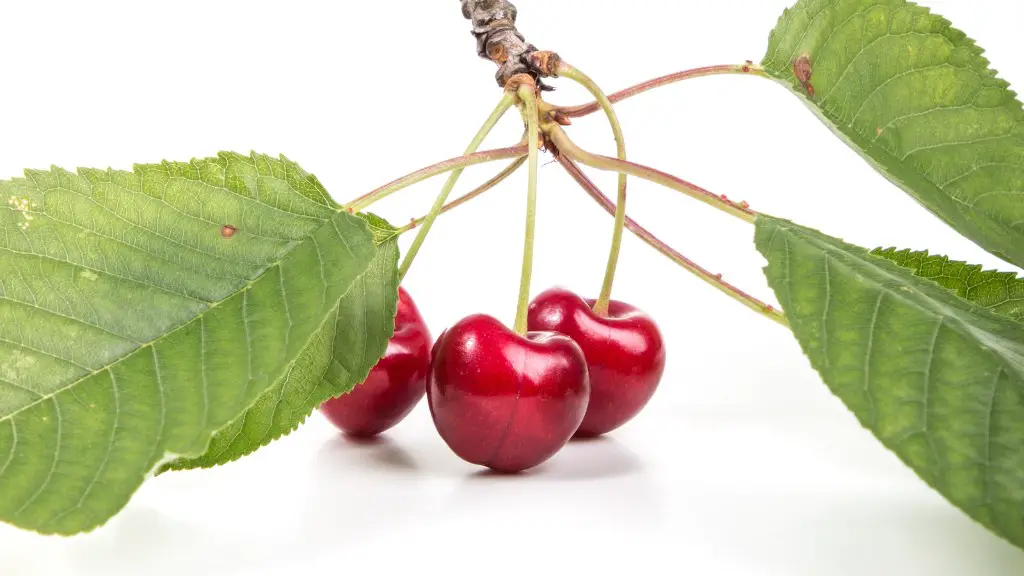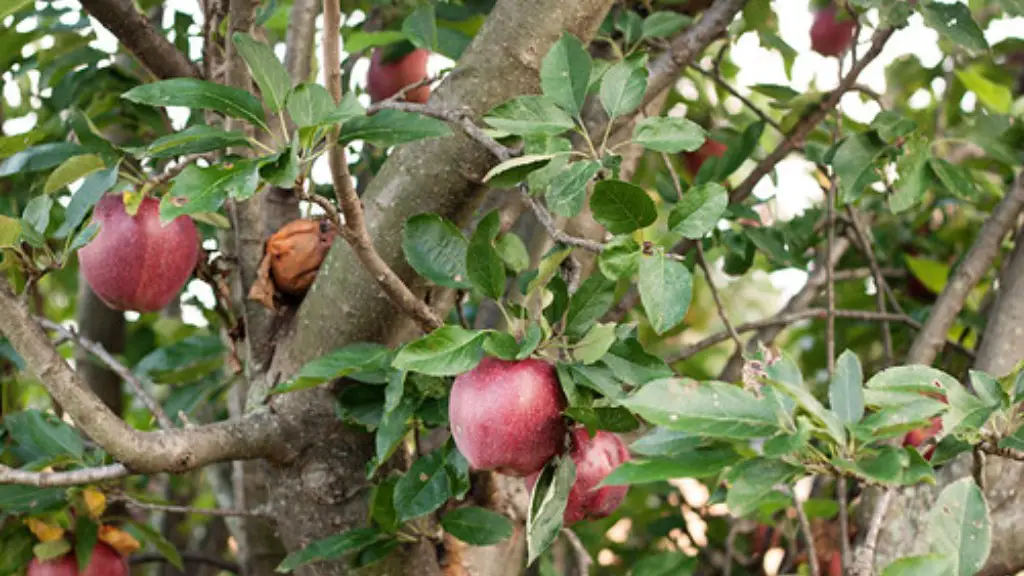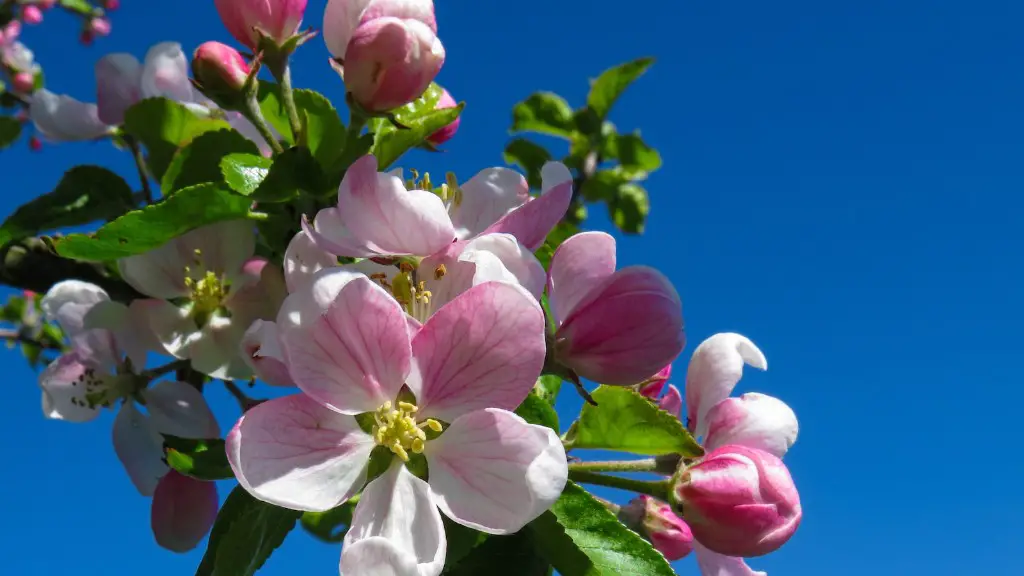Basic Pruning
Cherry trees, or any woody plant, respond very well to routine pruning. Reducing the size of a tree helps to improve air circulation, reduce the spread of disease, and increase the flowering and fruiting potential of the tree. A common misconception is that pruning should happen once a year, but this is not true. Pruning should be done more frequently to keep the tree in good health. The best time to prune a cherry tree is late winter or early spring, before the buds of the tree begin to bud. Pruning late in the season can result in removing any potential flowers, as well as stunted growth. When pruning cherries, use clean pruning shears and be sure to remove any damaged or diseased branches.
When to Prune?
Most cherry trees should be pruned in the late winter or early spring before buds are forming. This is to ensure that the pruning will not remove any potential flowers that the tree may produce in the coming months. For heavily pruned trees, pruning can also happen in the summer months to help ensure the trees don’t grow too large. It is important to check with local nurseries or growers to determine the best time to start pruning.
Pruning Tips
When pruning a cherry tree it is important to remember a few tips. Firstly, make sure the pruning shears are razor sharp to avoid jagged or ripped branches. Secondly, use pruners with two blades as these will leave a cleaner cut than those with one blade. Thirdly, prune judiciously by removing only a third of the branches, avoiding any drastic pruning. Finally, remove any dead or diseased branches and do not exceed more than 25% of pruning annually.
Proper Techniques
There are a few different techniques used when pruning a cherry tree. It is important to be familiar with these techniques so that the tree can be pruned properly and put into the best shape possible. The most common pruning technique is heading, which involves pruning the plant into specific shapes like a ball or pyramid. Topping is another technique and should be used with caution, as it is more disruptive and drastic than heading. Finally, pollarding is a technique best used for larger cherry trees and involves pruning branches higher up the tree to encourage more branching and shape.
Rejuvenation Pruning
If a cherry tree is older and has not been regularly pruned, it may become overgrown and unruly. In this situation it is best to use rejuvenation pruning. Rejuvenation pruning involves pruning the entire tree back to just a few branches, which will help to reset the growth of the plant and encourage healthier branching and flowering. This should only be done once every five to ten years and should be done on a gusty day to ensure the tree is not damaged in the process.
Fruiting and Pruning
Many people wonder if pruning will affect the amount of fruit a cherry tree will produce. The answer is no, pruning does not have an effect on the amount of fruit produced, only the shape and size of the tree. A well-pruned tree is more aesthetically pleasing and beneficial to the overall health of the tree, but the pruning process will not change the amount of fruit produced.
Fertilization and Pruning
Pruning is not the only maintenance required to keep a cherry tree healthy and productive. Fertilization is also necessary, especially in nutrient-deficient soils. Fertilization logically follows pruning, as it helps to restore any nutrients lost during the pruning process. A well-balanced fertilizer with macronutrients and micronutrients is usually the best option. Additionally, in the winter months, pruned branches should be mulched to protect them from the colder temperatures.
Pest Prevention
A well-pruned tree is less susceptible to pest and disease issues and can remain in a healthy condition for longer. Pruning helps reduce the chance of fungal and insect intrusions as there is increased air circulation and fewer areas for pests to hide. Additionally, removing damaged or diseased branches can keep a tree in good health and prevent any spread of infection. Regular pruning is essential for cherry trees and should not be overlooked.
Tools for Pruning
It is essential to have the appropriate tools for the pruning process. Pruning shears are a must, as these will give the cleanest and most careful cut. Additionally, it is important to have an accurate pair of loppers, which are longer blades used for thicker branches. For larger jobs, it is always suggested to use a pole pruner as this will save time and effort, especially for higher up branches. A rake is also useful for removing fallen leaves, sticks and debris.
Regular Maintenance
Keeping a cherry tree healthy and productive takes regular maintenance. Pruning should be part of the regular maintenance schedule and should be done in late winter or early spring before the buds of the tree start to form. Additionally, fertilizing and mulching should also be done regularly, as well as pest prevention and regular monitoring of the tree’s shape and structure. With these steps, a cherry tree can be kept healthy, attractive, and fruitful.
Soil Quality
The quality of the soil can also have an effect on the health of a cherry tree. Healthy soil should be free of weeds, with plenty of organic matter to promote good drainage. If the soil is lacking in nutrients it is important to add some fertilizer, compost, or even manure to replenish the nutrients. Regular soil tests are also beneficial, as this can help with nutrient deficiencies. Improving soil quality will help ensure that the cherry tree is healthy and able to produce fruiting branches.
Root System Care
Caring for the root system of a cherry tree is just as important as caring for the branches. The roots absorb nutrients and provide stability to the plant. When pruning it is important to be mindful of the root system, as well as the branches. If the roots are disturbed or trimmed this can cause the tree to become unstable and the fruiting potential of the tree can be reduced. It is best to take the time to study the root system of a cherry tree to understand where the roots are and to ensure that they are not damaged when pruning.
Conclusion
Pruning cherry trees is an essential task that helps keep the tree in good health and shape while also improving flowering and fruiting potential. Pruning should be done in the late winter or early spring, and should use clean pruning shears. Fertilization, mulching, and root system care are all equally important when caring for a cherry tree. Along with regular maintenance, these steps will help ensure a cherry tree is healthy and blooms with beautiful flowers and a bounty of fruits.



